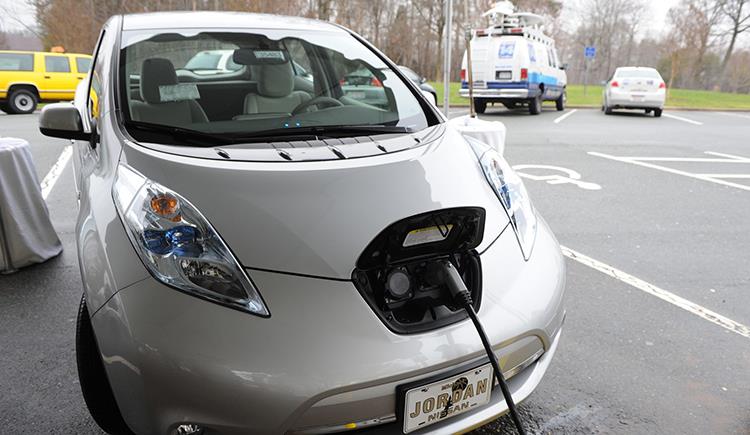
The North Carolina Department of Transportation recently released a plan for reducing greenhouse gas emissions and investing in cleaner and more accessible transportation options.
The North Carolina Clean Transportation Plan was created to grow the state’s clean energy economy at the direction of Gov. Roy Cooper through Executive Order 246.
Supporter Spotlight
The plan is to advance the goals outlined in the executive order, including reducing greenhouse gas emissions by 50% from 2005 levels and increasing registered zero-emission vehicles to 1.25 million by 2030.
The plan directs NCDOT to create a Clean Transportation Team to work with an Interagency Task Force and external work groups to promote more access to zero- and low-emission vehicles and electric charging stations. The team would also find funding to support alternative modes of transportation such as public transit, rail, bicycle, pedestrian and other non-motorized options.
“The private car and truck markets are moving rapidly to increasingly more affordable zero-emission vehicles and North Carolina must be ready for this monumental change with charging infrastructure and other preparations,” Cooper said in a statement. “This plan prepares our state for what’s coming so we can take full economic advantage of the transition to clean transportation while working to make sure that everyone, including people in traditionally underserved communities, can have clean mobility options.”
Strategies in the plan include advocating for reducing vehicle miles traveled with greater emphasis on clean transportation options, as well.
“We envision a transportation system that works well for everyone, where those with limitations and barriers have equal access and greater mobility,” state Transportation Secretary Eric Boyette said in a statement. “In order to achieve this vision, we need to continue to partner with our communities to develop clean transportation options that are safe, easy-to-use, and available to meet peoples’ daily demands. But it will take buy-in and collaboration from all stakeholders across the public and private sectors to make these strategies work for North Carolina.”
Supporter Spotlight
For more than a year, NCDOT led a group of more than 220 stakeholders to develop the recommendations and strategies in the plan. Stakeholders came from local, state and regional agencies, transportation providers, social justice groups, colleges, communities, environmental groups and utilities.







